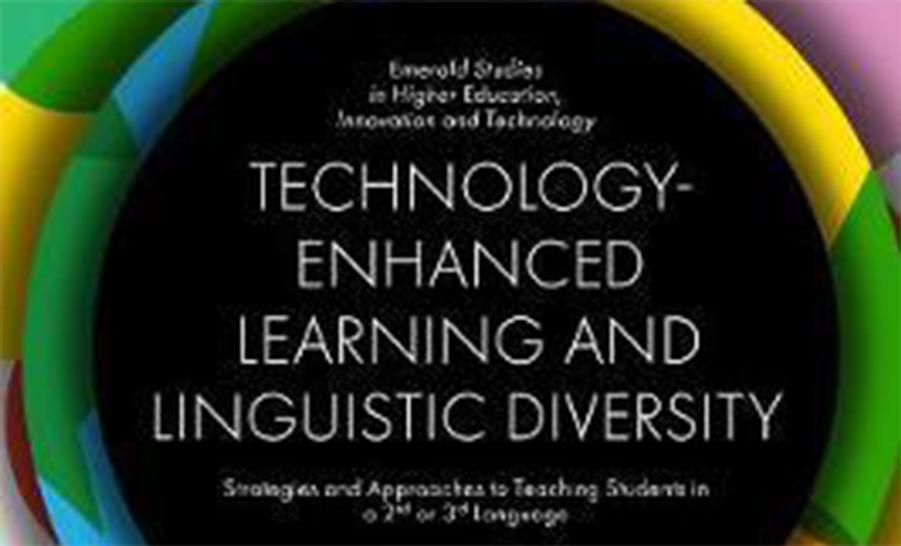Three Ideas for Post-Coronavirus Educational Recovery
There are many ways that schools can proactively address the inevitable and inequitable gaps caused by coronavirus-related school closures.
Cervantes & Clark / Emerald Publishing Limited / November 2020

Given their history of preparing African Americans, ethnic minorities, and first-generation college students for careers in education, the culture and traditions of Historically Black Colleges and Universities (HBCU) can provide insight into the preparation of diverse physical educators for the cultural, linguistic, and ethnic diversity in today’s American K-12 schools. As such, this chapter will present practical findings from an ethnographic study of a historically Black urban Physical Education Teacher Education (PETE) program with a large native Spanish-speaking population. Specifically, the authors focus on the concepts of cultural sustainment and code-switching as strategies used by teacher educators to promote bilingualism and biculturalism. To achieve this, the authors highlight the relationship among institutional, programmatic, and classroom cultures for the cultural sustainment and development of preservice physical educators. According to Paris (2012), culturally sustaining pedagogy seeks to perpetuate and foster linguistic, literate, and cultural pluralism as part of the democratic project of schooling. The authors conclude with strategies on how to successfully work with culturally diverse college students, promoting bilingual and biculturalism through cultural sustainment and code-switching.